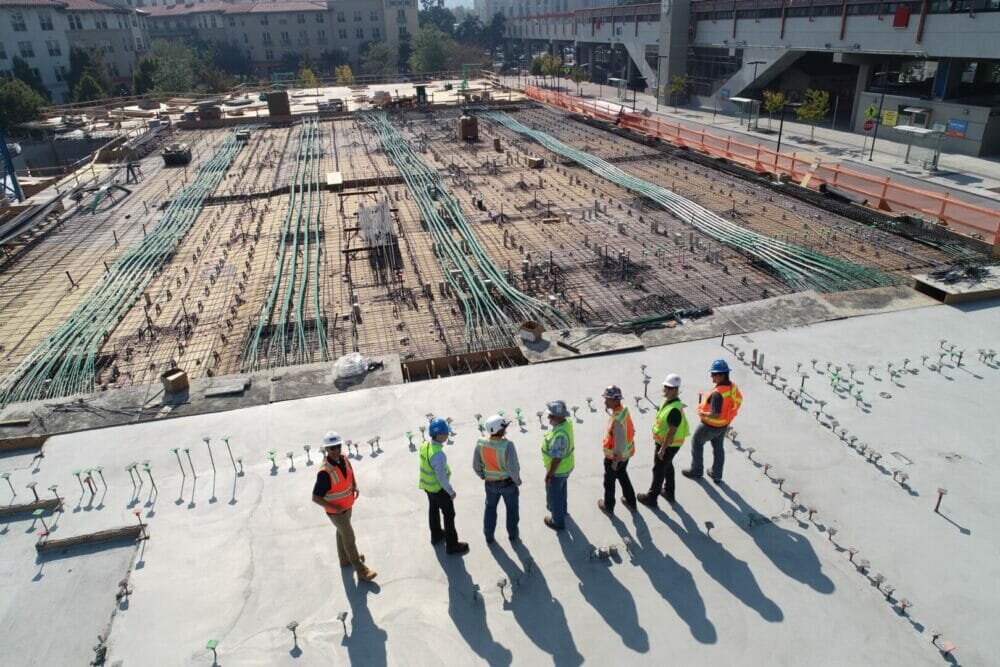Before work starts, every construction site needs electrical power to be installed.
Electrical wiring involves the installation of cabling and any accompanying devices, such as switches, sockets or light fittings. Having a good electrical system in place is key to make sure any heavy-duty tools or equipment are powered efficiently while the work takes place. Remaining safe onsite is crucial, with construction being one of the most dangerous professions in the UK. Here’s how you can carry it out safely and efficiently.
Prepare the site
Preparation is key. Conduct a thorough survey and report on the current situation. In your report, identify what needs to be taken into consideration and prioritised. Consider any hazards that will interfere with the installation of wires or cables. This might include debris or rubble that should be cleared away, as well as gas and water lines to be aware of.
Create a plan
Time to gather all your equipment and create a plan. Make sure you have a good supply of high-quality power cables at the correct length. Coloured stickers and labelling will come in handy to make sure you can distinguish the difference between any temporary or permanent wiring.
Next, pinpoint where the outlets, electrical service panels and any other key components are. Knowing where everything is ahead of time will make things more efficient later down the line.

Outdoor cable management
Electricity and water is a big no-no, which is why it’s important to protect cables from the outdoor elements. Look out for weather resistant materials to aid this. The aim is to ensure that a constant flow of electricity won’t be disrupted, while keeping everyone safe.
You may need to invest in cable protectors if they are running across footpaths or walkways. It’s also worth considering whether the movement of heavy machinery will be exacerbated by cables lying around. Use markers and signs to help guide fellow workers or passers-by to prevent trips or accidents.
Powering your site
Prep is a big part of the job, but once it’s done and you’ve contacted a local power supplier, you’re all set. It’s worth noting that the process of getting power after contacting the company could take several months, so factor this into your plan.
You also might need to power your construction site using temporary power poles. This will ensure you get enough power for the large equipment on your site.
Safety training
The compliance doesn’t stop once the prep is over – it’s extremely important that everyone continues to work safely while complying with regulations. As ever, electrical safety is paramount in these circumstances, on top of general health and safety awareness while onsite.
Don’t be afraid pull up others up if they aren’t working safely. Having constant awareness of hazards like overhead power lines, overloaded circuits or damaged cords is a must to keep everyone safe.







